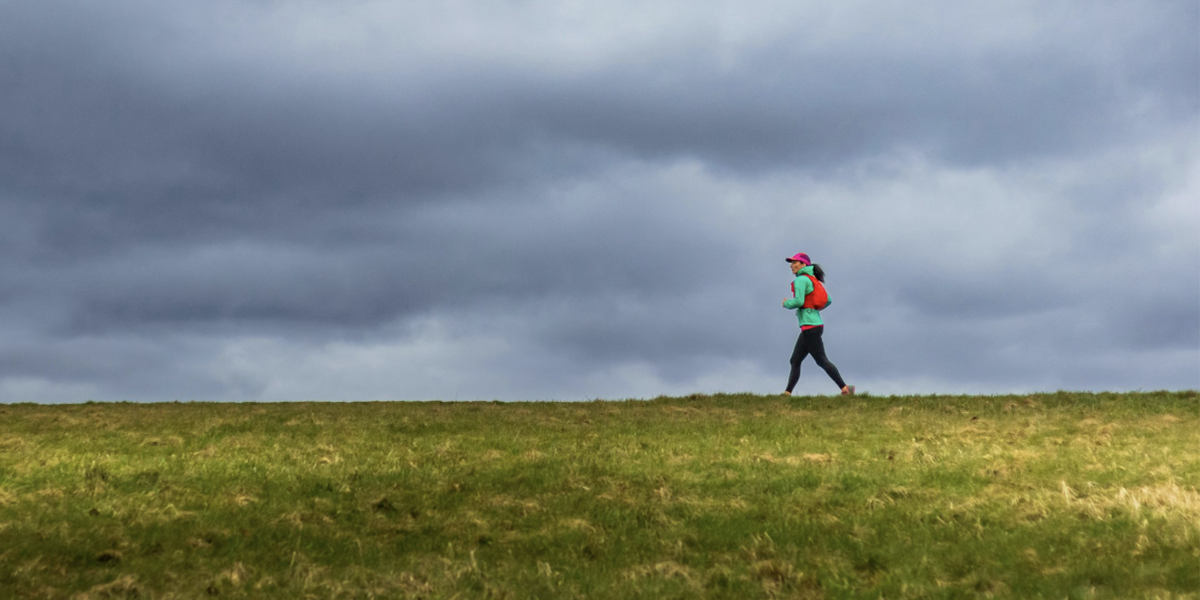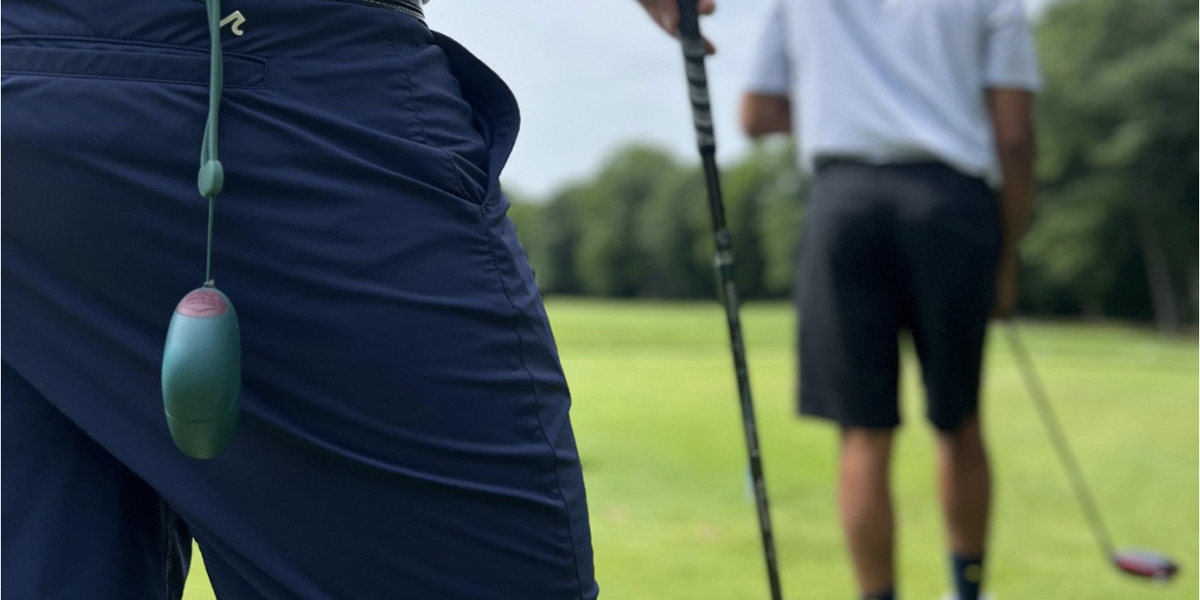
Can You Really Get Sunburned on Cloudy Days?
Written by Alexandra Merlino
Living in NYC when I was younger, my morning routine always involved a quick weather check by glancing out the window. If passersby had hunched shoulders against the chill, I'd bundle up in a hat, scarf, and jacket. On those sticky, humid days, with people slumping and sweating, I'd opt for light, breathable linens to beat the heat. Sun protection was approached similarly: bright and sunny meant hats, shades, and sunscreen, while cloudy skies often led me to skip the SPF, a habit I now recognize as seriously flawed.
We recently discussed the heightened UV exposure with changes in altitude, underscoring the importance of sun protection regardless of our environment. However, a common misconception persists about sun exposure on cloudy days. Many of us were raised believing that sunscreen was unnecessary when the sun wasn't shining, but this belief is far from the truth.
Although it feels like you're not getting as much sun because you're not in direct sunlight, most of us have proved empirically, and painfully, the old saying that it's possible to get sunburned on a cloudy day. While clouds do reduce the amount of UVA and UVB radiation reaching our skin, they far from eliminate it. In some cases, clouds can actually amplify UV radiation, emphasizing the need for protection even on overcast days. Let's delve into some fascinating and eye-opening facts.

The Science Behind Cloud-Enhanced UV Radiation
Since 1964, researchers have recognized that clouds can paradoxically enhance UV radiation. Numerous studies have confirmed this phenomenon, including a 1994 Nature article by the University of Chicago, which observed up to a 29.8% increase in UV radiation at the Mauna Loa Observatory, situated at an altitude of 11,135 feet. This significant rise in exposure risk underscores the importance of sun protection at higher altitudes and on cloudy days alike.
Fun fact: Mauna Loa volcano, towering 30,000 feet from the sea floor, is one of the largest mountains on Earth.
Clouds are dynamic, ever-changing formations, varying in form, type, and density. Watch a single cloud or layer for just ten minutes, and you'll witness its rapid evolution.
Consequently, measuring UV enhancement with cloud cover poses challenges. Nonetheless, the phenomenon of cloud-enhanced UV radiation on overcast days is a genuine concern, emphasizing the need for quality sun care products. Factor in the potential for sweating or rain, and reapplication of sunscreen becomes essential for adequate protection.

Your Cloudy Day Protection Plan
So, next time you glance out the window and spot cloudy skies, don't skimp on sun protection:
- Opt for clothing with a high Ultraviolet Protection Factor (UPF) rating whenever possible
- Don a wide-brimmed hat to shield your face and neck
- Protect your eyes with UV-protected sunglasses
- Apply sunscreen with an SPF of 30 or higher every two hours, or more frequently if sweating profusely
The bottom line? Cloud cover doesn't equal UV protection. Your skin needs consistent protection against ultraviolet radiation, regardless of whether the sun is visible. Make sun protection a daily habit, not just a sunny-day consideration. Interested in learning more about sunscreen and sun safety? Follow along with us as we share insights and environmentally safe products to enhance your sun care routine.


